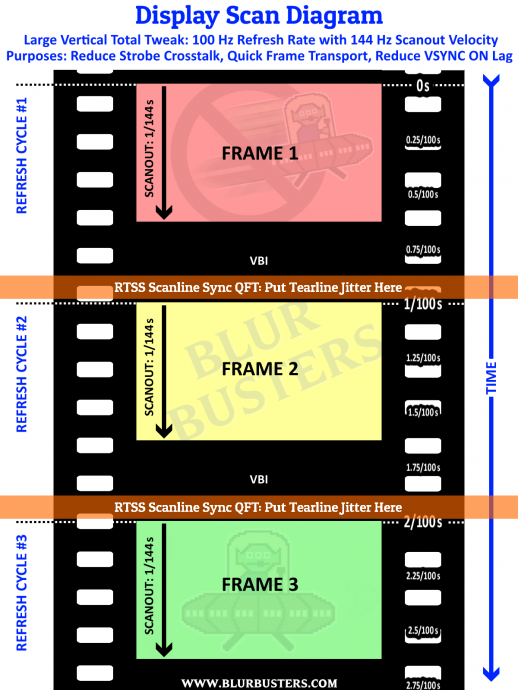Screen tearing at 240fps @190hz with dyac+ enabled
Posted: 26 May 2022, 11:55
Im using large VT 1508,
Wanted to sublimt a video, but Forums dont support .mov, uploaded it as a YouTube short, so you Can see for yourself.
Fps is constant 240, in aimlabs (wanted to use this for example due to simplicity of textures and visual clearity)
https://youtube.com/short/7IuiqEDLg4s
I’ve Been messing around with CRU for a bit, but cant Seem to find a good standpoint, i want the highest refresh rate, but also the most efficient dyac+ settings, so figured 190hz would give enough headroom for my large VT to get ris of tearing and artifacts, but i just cant Seem to find the Sweet spot
Monitor is benq XL2546
Any suggestions appreciated!
Wanted to sublimt a video, but Forums dont support .mov, uploaded it as a YouTube short, so you Can see for yourself.
Fps is constant 240, in aimlabs (wanted to use this for example due to simplicity of textures and visual clearity)
https://youtube.com/short/7IuiqEDLg4s
I’ve Been messing around with CRU for a bit, but cant Seem to find a good standpoint, i want the highest refresh rate, but also the most efficient dyac+ settings, so figured 190hz would give enough headroom for my large VT to get ris of tearing and artifacts, but i just cant Seem to find the Sweet spot
Monitor is benq XL2546
Any suggestions appreciated!
